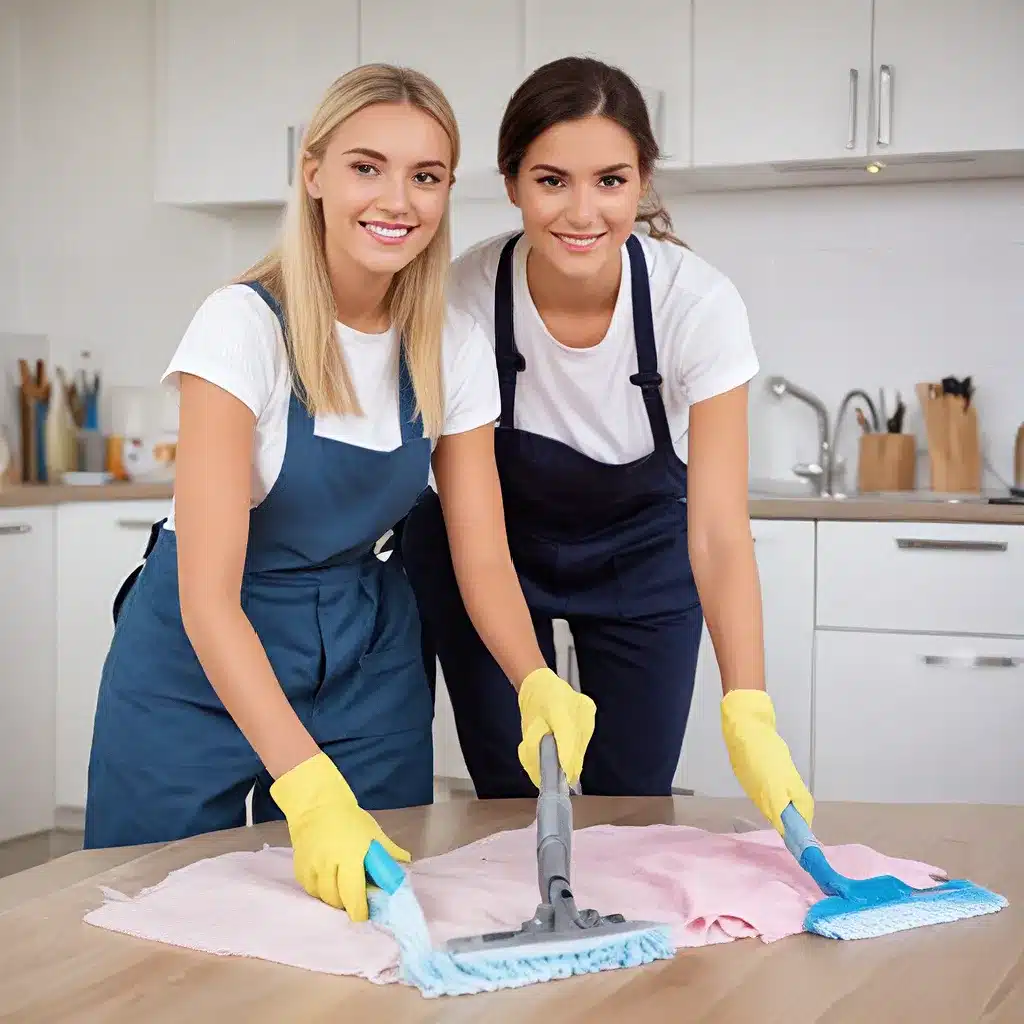As a young adult navigating the modern world, I’ve come to appreciate the importance of a clean and organized living space. It’s not just about aesthetics – a tidy home can do wonders for my mental well-being and productivity. But let’s be honest, cleaning isn’t exactly the most thrilling chore on my to-do list. In fact, I’d go so far as to say that for many of my peers, it’s practically a four-letter word.
However, recent research from Mintel suggests that I might not be representative of my generation when it comes to cleaning habits. Apparently, us younger folks (18-34 years old) are spending more time scrubbing, mopping, and dusting than any other demographic, including women and the average consumer.
What’s driving this surprising trend, and how can cleaning companies tap into this emerging market?
The Rise of the Cleaning Millennials
According to the Mintel study, younger men are spending a whopping 364 minutes (that’s over 6 hours) per week on personal home cleaning – much more than the 287 minutes (4.8 hours) reported by women in the same age group. And get this – that’s well above the overall consumer average of 276 minutes (4.6 hours) per week.
Now, I know what you’re thinking: “There’s no way that’s accurate. Aren’t millennials supposed to be the generation that can’t even keep their plants alive, let alone their entire living spaces?” Well, the data tells a different story.
In fact, 68% of men aged 18-34 claim to have sole responsibility for housecleaning, compared to 79% of moms with kids under 18 and 71% of women aged 35-54. And get this – 70% of young men actually find housekeeping enjoyable, versus just 43% of consumers overall.
So, what’s behind this unexpected cleaning craze among younger demographics? The Mintel analysts suggest a few possible factors:
-
Time Pressure: Younger men may be spending more time cleaning out of necessity, as they’re more likely than the average consumer to feel pressed for time and quit when they’re “tired of doing it” or have “run out of time.”
-
Inefficient Cleaning: These young cleaning enthusiasts may simply be less efficient at the task, taking longer to achieve the desired level of cleanliness.
-
Aspirational Cleaning: There’s a chance that younger men are overstating their cleaning habits and responsibilities, leading to more “aspirational” figures than what’s actually happening in their homes.
Regardless of the reasons, it’s clear that younger men are a highly engaged and underserved audience when it comes to the cleaning industry. And as household sizes continue to shrink and more young people delay marriage and starting families, this demographic is only going to become more important.
Adapting to the Cleaning Habits of the Future
So, how can cleaning companies and service providers like Adam Cleaning adapt to better serve this emerging market of cleaning-obsessed millennials? Here are a few key strategies to consider:
1. Streamline and Simplify
Given that younger men are more likely to quit cleaning when they’re tired or run out of time, the name of the game is efficiency. Products and services that prioritize speed and convenience will be huge hits with this demographic. Think one-step cleaning solutions, time-saving tools, and easy-to-use technologies.
2. Embrace the Single Life
As household sizes continue to shrink, the cleaning industry needs to shift its focus from the traditional family unit to the growing population of single-person and two-person households. This means tailoring products and services to the unique needs of solo dwellers, such as smaller package sizes and more targeted marketing.
3. Get Personal
When it comes to appealing to younger consumers, a personalized and relatable approach is key. Cleaning brands should consider incorporating more humor, storytelling, and personal anecdotes into their marketing to build a genuine connection with this audience. And don’t be afraid to embrace the informality and playfulness that this demographic craves.
4. Educate and Empower
One of the surprising findings from the Mintel study is that younger men seem to have the least clear standards of what they consider “clean.” Cleaning companies have an opportunity to educate this audience on best practices, proper cleaning techniques, and the benefits of maintaining a tidy living space. This can help empower younger consumers to take pride in their cleaning efforts and become loyal, engaged customers.
5. Emphasize the Experience
Let’s face it – cleaning isn’t exactly the most thrilling task on anybody’s to-do list. But what if we could make it more enjoyable and even a bit fun? Cleaning brands should explore ways to transform the cleaning experience, whether it’s through gamification, music, or even a bit of friendly competition. The goal is to turn a chore into an activity that younger consumers actually look forward to.
By embracing these strategies, cleaning companies can tap into the emerging market of cleaning-savvy millennials and ensure their continued relevance in an ever-evolving consumer landscape. After all, as the Mintel analysts pointed out, “young men are also highly engaged and assume quite a bit of responsibility for maintaining a clean home.” And that’s a trend that’s only going to continue growing.
So, who knows – maybe one day, we’ll see more “real men mopping” and fewer of us millennials hiding in the corner, pretending we don’t see the dust bunnies multiplying under the couch. The future of cleaning is bright, and it’s being driven by a generation that’s proving that cleanliness is, in fact, next to godliness – or at least, next to productivity and mental well-being.







